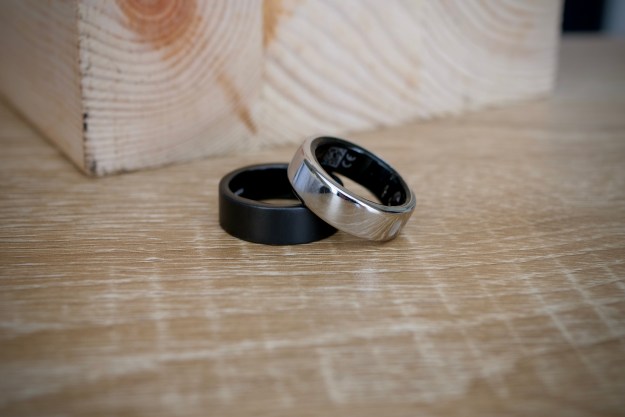
The news doesn’t come as much of a surprise. In a filing with the U.S. Securities and Exchange Commission (SEC) in April, Microsoft revealed that Lumia sales so far have disappointed. Development costs exceeded revenue by $4 million during the first quarter of 2015, a loss of about 12 cents per phone. “Given its recent performance, the Phone Hardware reporting unit is at an elevated risk of impairment,” warned Microsoft at the time.
“Microsoft devices will spark innovation, create new categories and generate opportunity for the Windows ecosystem more broadly.”
The new round of writeoffs and layoffs come in addition to the $750 – $850 million restructuring change Microsoft says it’ll take next in the fourth quarter and the 18,000 employees it let go last year. It’s the latest move in a series of drastic management decisions aimed at propping up Nokia’s poor performance.
Former Nokia CEO Stephen Elop and Microsoft’s head of phones Jo Harlow departed as part of a reorganization last month, a move Microsoft CEO Satya Nadella said would “enable [the company] to deliver better products and services that our customers love at a more rapid pace.” Nadella also denies that Microsoft will abandon phones all together.
“We are moving from a strategy to grow a standalone phone business to a strategy to grow and create a vibrant Windows ecosystem that includes our first-party device family,” Nadella wrote in an email to employees this morning. “In the near term, we will run a more effective phone portfolio, with better products and speed to market […] Our reinvention will be centered on creating mobility of experiences across the entire device family including phones.”
It’s unclear just what a “more effective phone portfolio” entails, but it could be in part a renewed focus on higher-end devices. Microsoft unveiled a bevy of budget phones — the Lumia 532 (around $93), Lumia 435 (around $81), and the $29 Nokia 215 — in January, which former Microsoft executive Harlow championed as a way to “[create] awareness and visibility for Windows Phone and Lumia” by “getting in the hands of more people.” That effort hasn’t borne fruit — Microsoft’s share of the mobile phone market hovered around 2.5 percent in Q1 of this year, a which represents a half percent decline.
Nokia’s last, much-lauded high-end handset fell short of sales projections, but Microsoft’s hoping to rekindle the Lumia line with the launch of two new phones, codenamed Talkman and Cityman, later this year. Both allegedly sport 3GB of RAM, QHD displays, 20-megapixel cameras, and triple-LED flash. Cityman will reportedly uniquely support Window’s 10 Continuum, a feature which effectively transforms any plugged-in monitor into a desktop workspace.
Nadella may have been a reluctant heir to the Nokia throne and Microsoft may still make more money from Android than Windows Phone, but that doesn’t mean the company’s about to abandon its handset business. Nadella outlined three areas of focus for the smartphone division going forward: business, value phones, and flagships. “Microsoft devices,” he wrote, “will spark innovation, create new categories and generate opportunity for the Windows ecosystem more broadly.”


